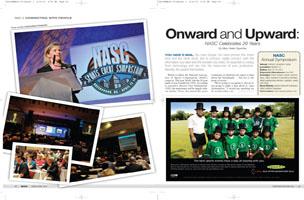
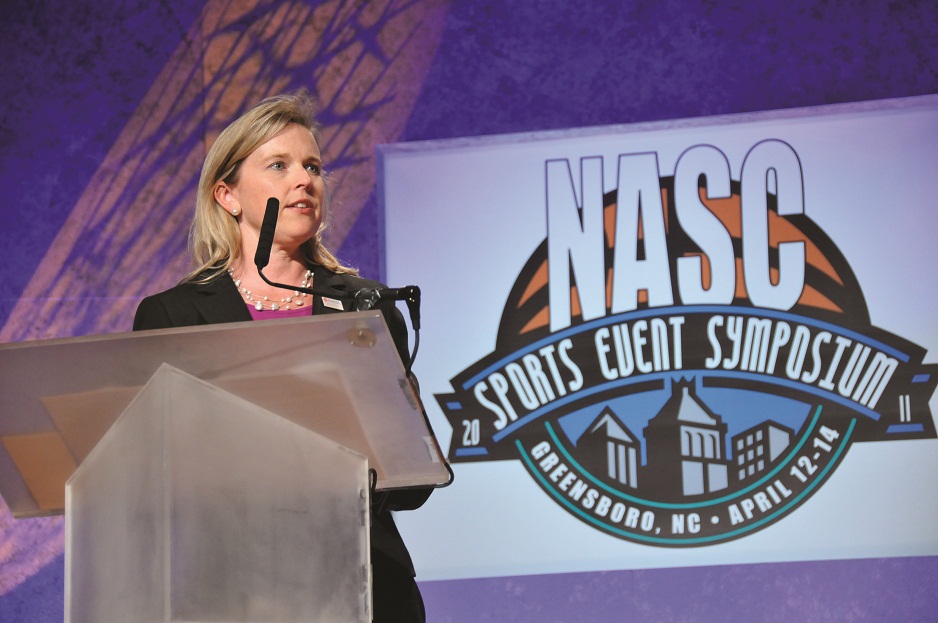 |
| Photo courtesy of WonderWorks Photography |
You have e-mail. You have Google. You have phones (the smart kind and the other kind). But to connect, really connect, with the information you want and the answers you need, it's essential to unplug from technology and tap into the resources of your profession. Namely, the people themselves.
Which is where the National Association of Sports Commissions (NASC) comes in. This year, NASC hits the 20-year mark (it was founded in 1992). According to executive director Don Schumacher, CSEE, the anniversary will be largely without fanfare. Those who attend this year's conference in Hartford can expect to hear about the benchmark -- but not to the point of excess.
"We're going to recognize it, but we're not going to make a fuss about it," says Schumacher. "I would say anything we do would reflect our understanding that we're that old, but we're also that young."
In other words, etiquette specialists might recommend a twentieth anniversary gift of china (or platinum, depending upon which Internet gift site you use), but Schumacher just wants NASC's attendees to bring what they always do: their ideas, their curiosity and their suggestions.
Especially their suggestions.
"It's really interesting what happens if you simply try to hear what your members want," he notes. "As our Meetings Committee knows, we do surveys at our symposium, and we ask for people's suggestions, and those go right back to the committee. There's no mystery about where our ideas come from."
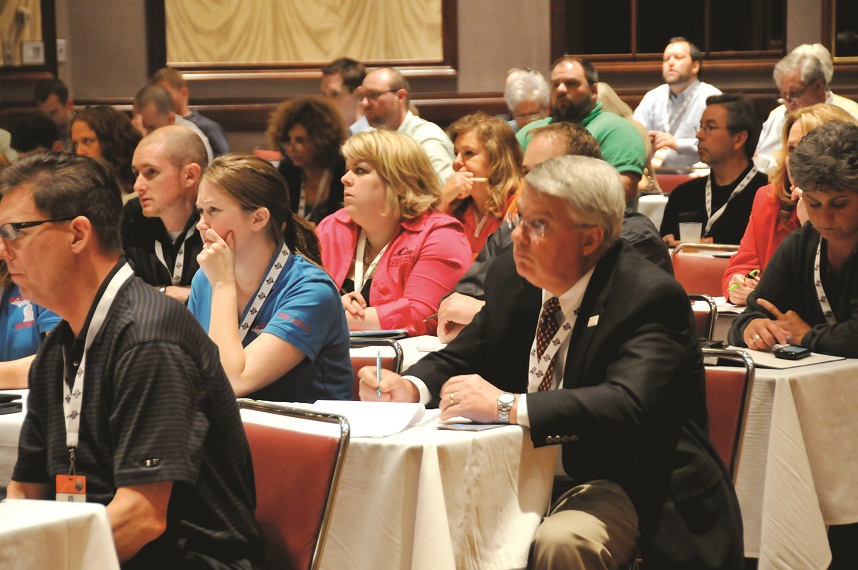 |
| Photo courtesy of WonderWorks Photography |
Listening and Learning
It's an organizational model that has served the association well. For more than two years prior to the formal inception of the group, Schumacher, then a sports commission member in Cincinnati, had gathered a group of colleagues whose goal was "mainly to put an association together so that people would have a place to talk."
Schumacher and his colleagues envisioned a forum where sports commissions could meet and discuss common concerns.
"And we no idea what was going to happen with the sports tourism industry. We looked at this as something like a supper club, a place where we could say, 'What's working for you?' and 'What's not working?' and 'I have this problem; what do you think I should do?'"
In the beginning, there were a few missteps.
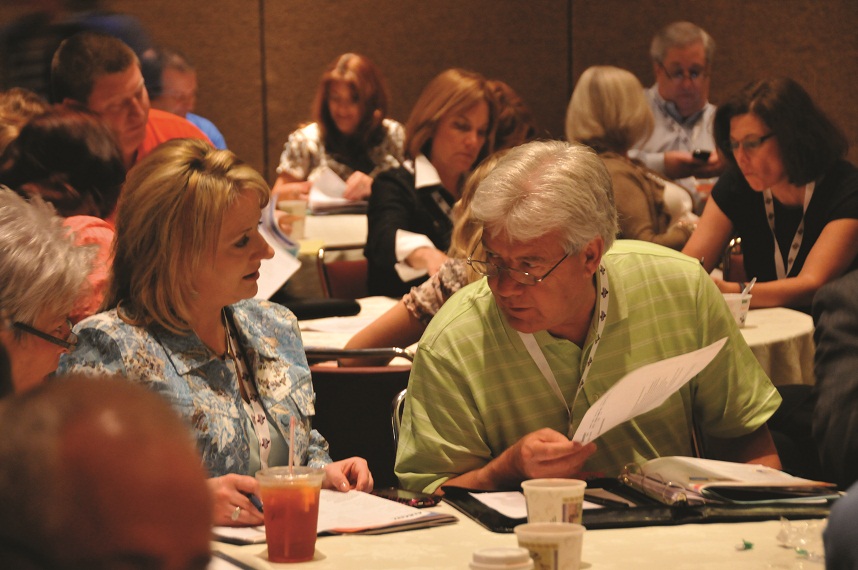 "Oh, I don't mind telling this," says Schumacher. "We weren't originally going to have CVBs in the membership. Of course, that's not the case now, and we laugh about it today. We look back on those days, and we think, 'What was that all about? What were we thinking?' One of the things we know now is that a city with both a sports commission and a CVB has the best of all possible worlds."
"Oh, I don't mind telling this," says Schumacher. "We weren't originally going to have CVBs in the membership. Of course, that's not the case now, and we laugh about it today. We look back on those days, and we think, 'What was that all about? What were we thinking?' One of the things we know now is that a city with both a sports commission and a CVB has the best of all possible worlds."
NASC's membership is now made up of sports commissions, CVBs, events rights holders and allied members (including vendors, media and more). The biggest part of the membership, Schumacher adds, is the CVB contingent.
Growing Beyond Expectations
NASC's first formal meeting was held in the breakout room of a hotel during a meeting in New Orleans.
"One breakout room," says Schumacher. "That's all we needed."
These days, the group's Annual Symposium draws hundreds of professionals, fills its host hotel and connects attendees to one another for networking, educational sessions and activities. At press time, registration for the Hartford meeting was up 25% over that of the event held in Greensboro in 2011.
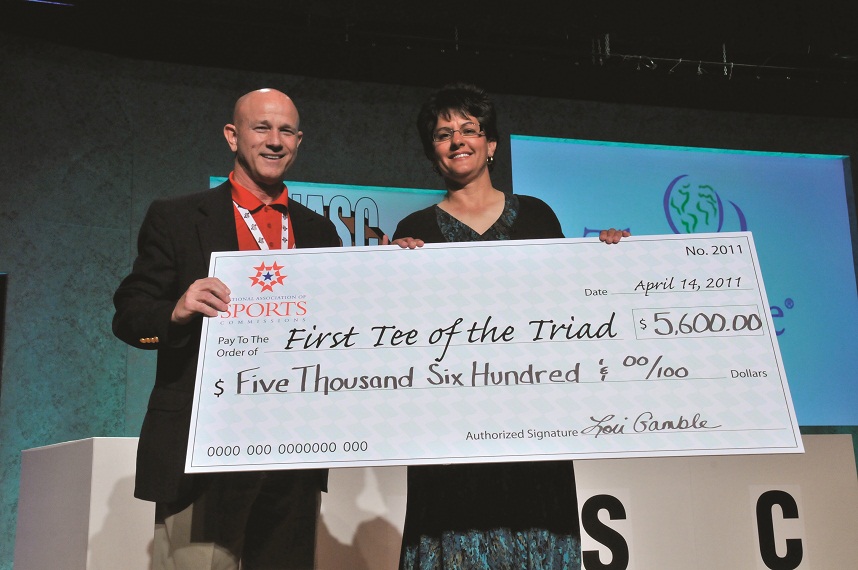 "Last year, we had something like 170 new people attend," Schumacher adds. "That's a wonderful sign."
"Last year, we had something like 170 new people attend," Schumacher adds. "That's a wonderful sign."
Part of this growth mirrors that of the sports tourism industry itself, which remains a dynamic and oddly resilient niche in the ever-fluctuating worlds of hospitality and event planning. While many trade and professional associations have reported a 'graying' of their leadership and a stagnation of membership numbers, NASC's membership is growing and its members' average age is in the 30s.
"I will stress one thing," says Schumacher. "We do not have a growth goal for two years, let alone for 20 years. We've done a good job of growing members by focusing on members. We can be sure that if we stop doing that, we won't have to worry about our numbers because we know what they'll do -- they'll go down."
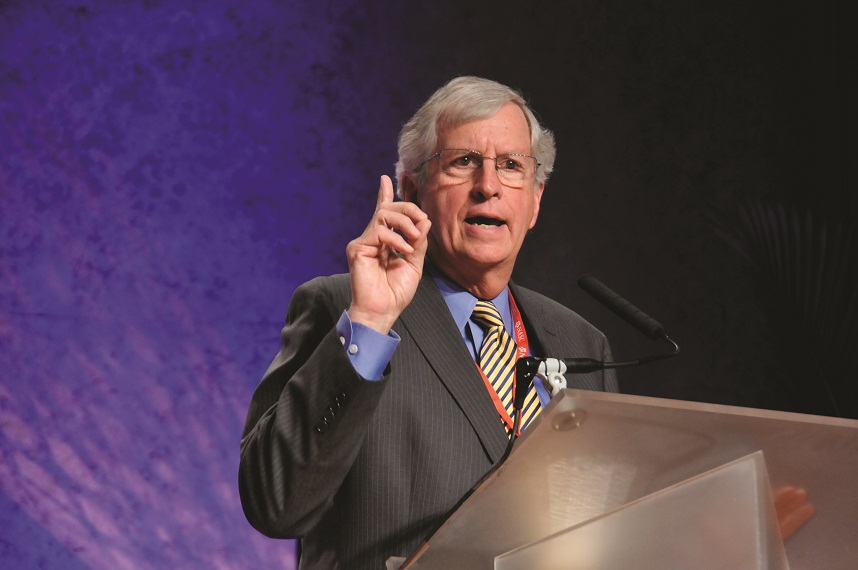 An Organization in Transition
An Organization in Transition
Within six years of its formal inception, NASC had morphed into a full-time job for Schumacher, who left his sports commission post to manage the new group. By that time, the group had its own dedicated website, and was generating increased traffic. A second site, dedicated solely to the symposium, followed.
And then came a new idea: certification for sports commissioners. And like all other good things in NASC, says Schumacher, it was born out of an awareness of what members wanted.
"Really, it did come out of conversations with people. It was designed as a way to show someone had learned everything they could in this industry, that they wanted to be among other people who were curious and wanted to learn as much as possible."
The Certified Sports Event Executive (CSEE) program was instituted in 2002, and the first CSEE designations were conferred in 2005. Schumacher himself is a CSEE. And he notes, a second, higher level of certification, in some ways comparable to a graduate-level program, is being explored.
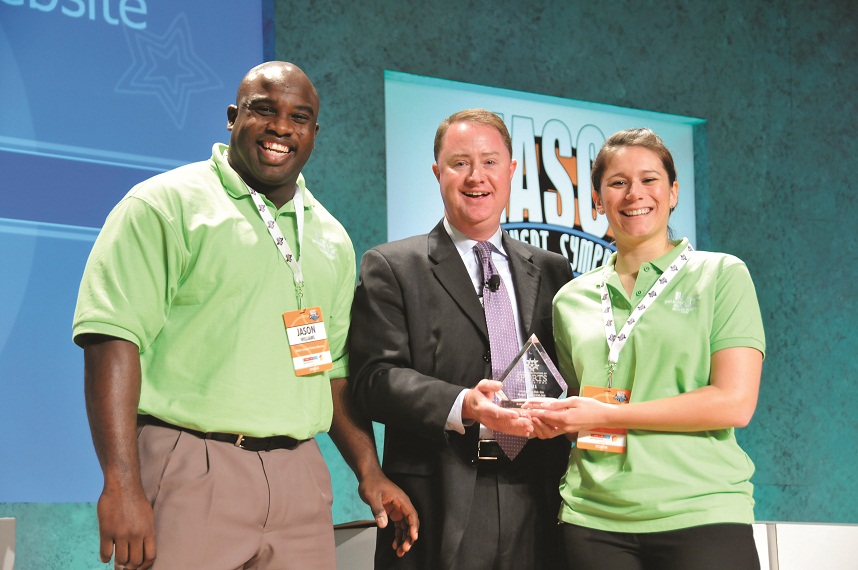 Measurable Outcomes
Measurable Outcomes
NASC also began offering its members tools such as an economic impact template, which allows users to predict possible results prior to bidding on an event; when used correctly, the instrument can help estimate the potential results the event will produce.
The outside media -- not just those within the industry -- have gotten wind of the market's growth, and have begun exploring its untapped potential. NASC offers a media resource guide, with individuals who can offer expert comment on specific topics, including college bowl games, grass roots issues, ticketing economics and more.
"It's interesting, the amount of attention our industry is getting," says Schumacher. "People have become aware of what they're calling this 'recession-proof' industry and they want to know more about it."
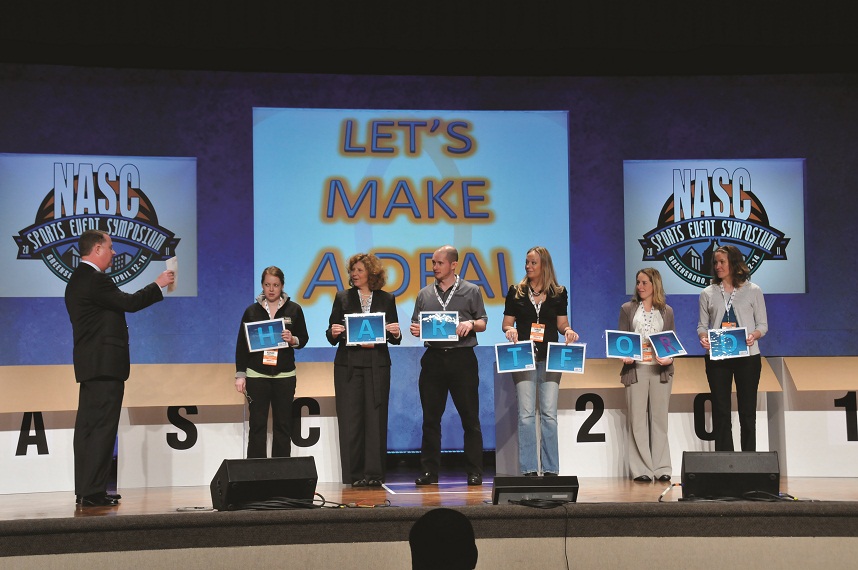 The organization also offers a job board, internship listings, webinars and other programs and benefits. Its philanthropic Sports Legacy Fund benefits a sports-specific program in whichever city the annual symposium is taking place. (For the Hartford symposium, the beneficiary is the Nutmeg State Games).
The organization also offers a job board, internship listings, webinars and other programs and benefits. Its philanthropic Sports Legacy Fund benefits a sports-specific program in whichever city the annual symposium is taking place. (For the Hartford symposium, the beneficiary is the Nutmeg State Games).
Looking to the Future
As NASC approaches its next decade (or two or three or more), Schumacher is spending more time gearing up than looking back.
"I think it's a cliché, but you just say, 'Where did the time go?' I can still remember our first meeting in that one breakout room."
Compare that to a bustling trade show, multiple concurrent sessions, a certification program and more, and, says Schumacher, a new perspective emerges.
"The greatest thing to see here is what has happened just by people sharing -- that's our biggest product. People really do like to share."
Sidebars:
NASC Annual Symposium
Venue: Hartford Convention Center
Location: Hartford, CT
Dates: April 16-19, 2012
Expected Attendance: Over 650
Includes: Event owners, sports commissions, CVBs, chamber of commerce members, allied professionals (vendors, suppliers, media and more).
Host Hotels: Hartford Marriott Downtown, Hilton Hartford Downtown
Information: www.nascsymposium.com
Certified Sports Event Executive (CSEE)
NASC offers the Certified Sports Event Executive (CSEE) program, open only to NASC members. The certification program addresses the unique knowledge and skills needed in the sports travel industry.
The core curriculum includes session on sales and marketing, strategic planning, the bid process, technology, revenue generation and event management. Educational elements as well as practical applications are covered. Modules cover a variety of topics, are four hours in length and include both instruction and practical application.
To be eligible for earning the designation, an individual must acquire eight credits, have worked in the industry for at least five years at the time of completion, be a member of NASC in good standing, and pay all fees.
To learn more, go to www.sportsccommissions.org and using the top toolbar, click on "Programs." Information on certification will appear as part of a drop-down menu.

